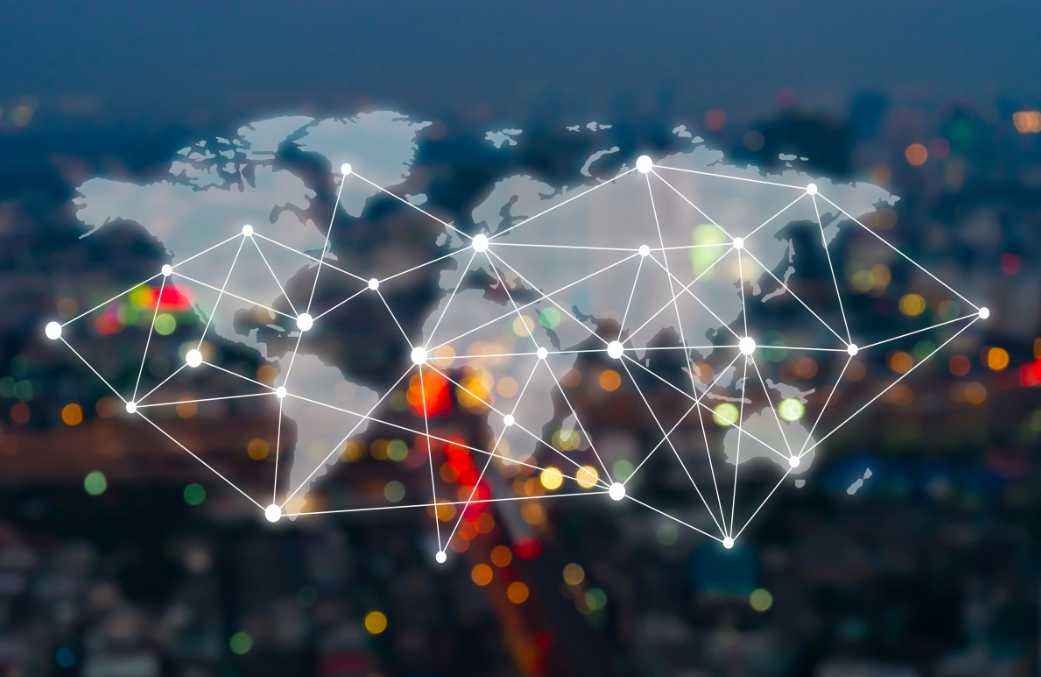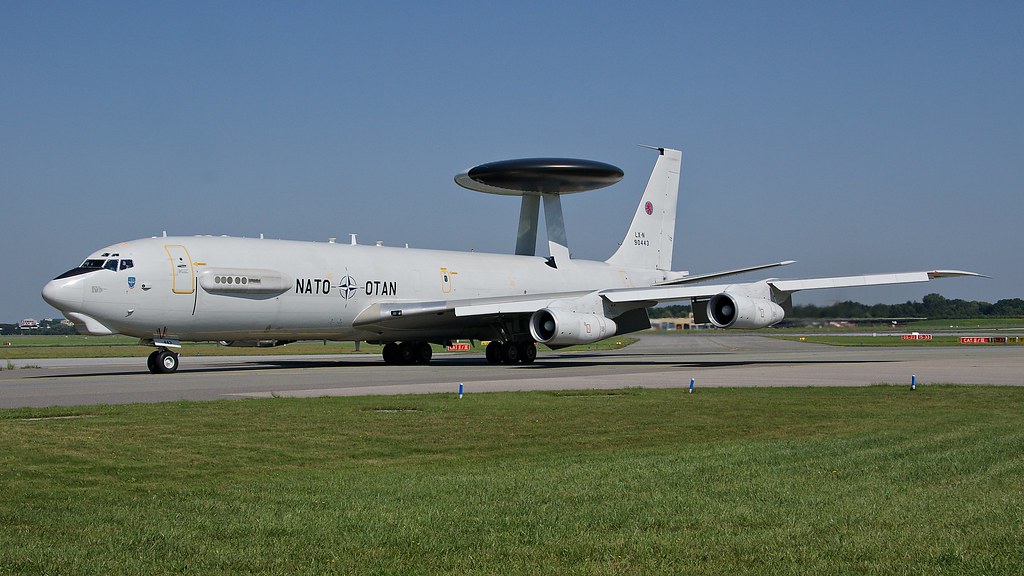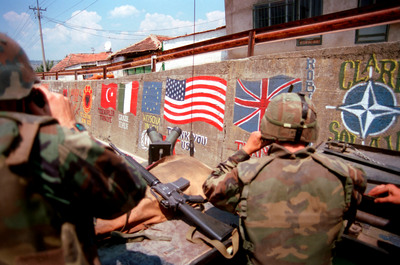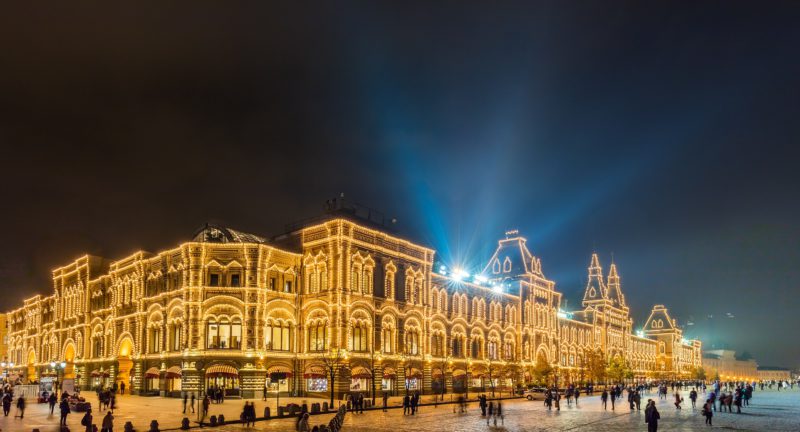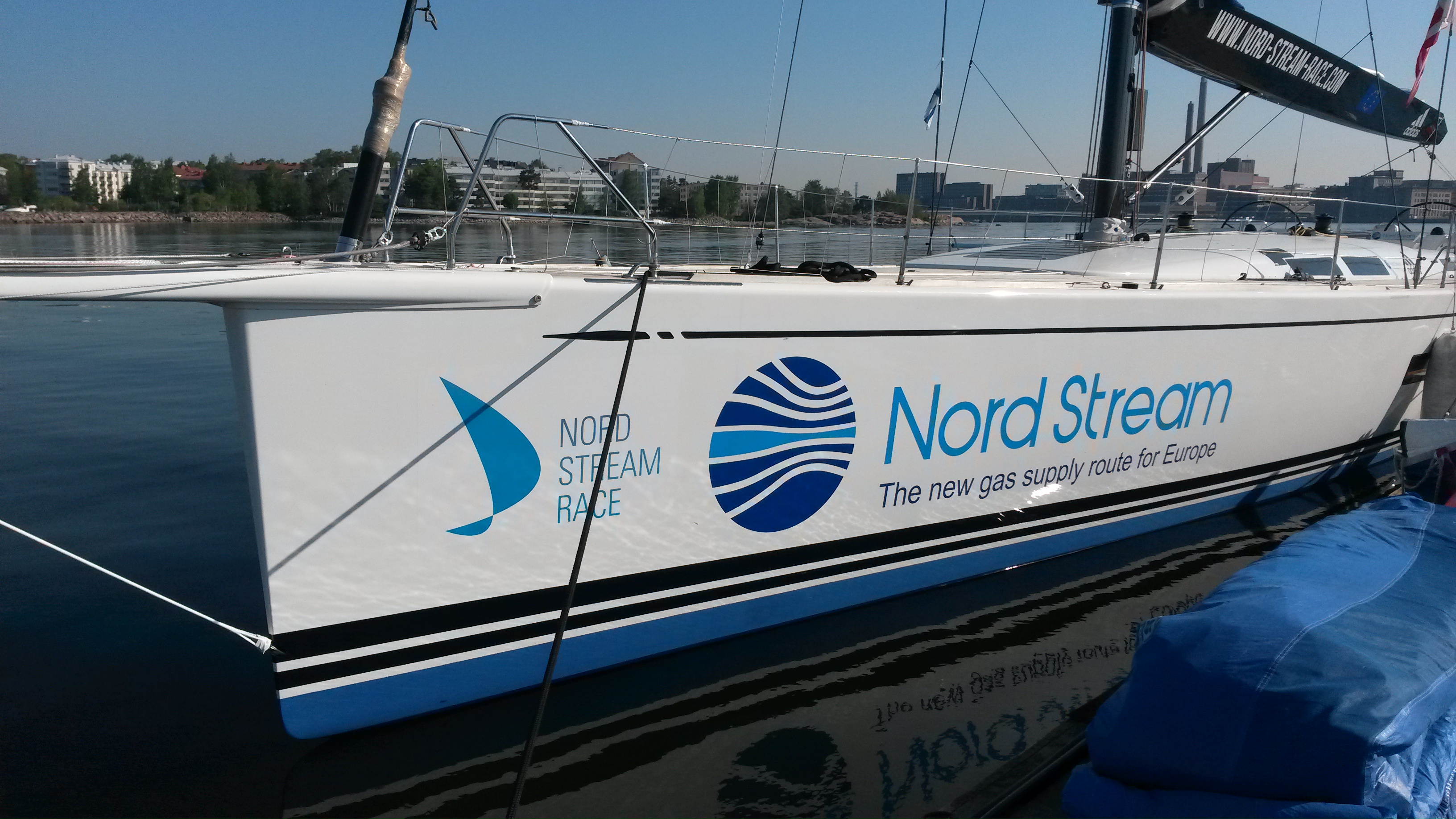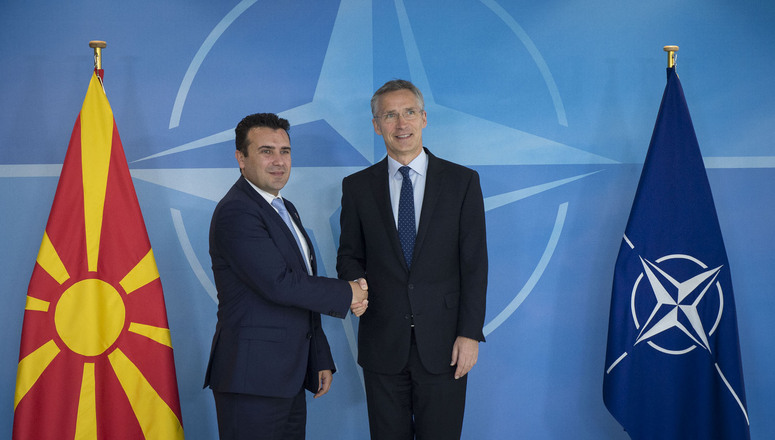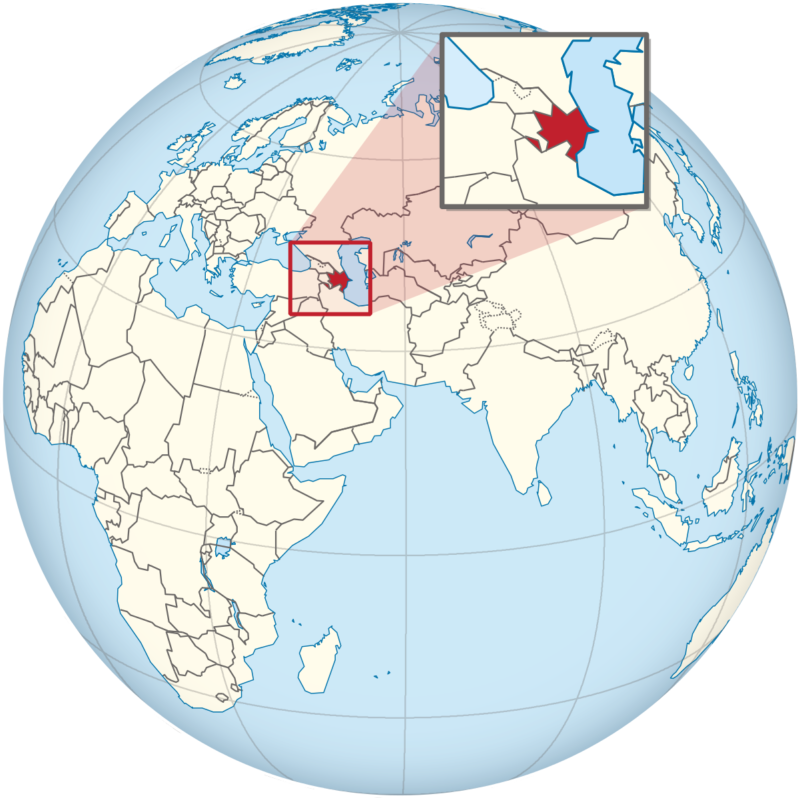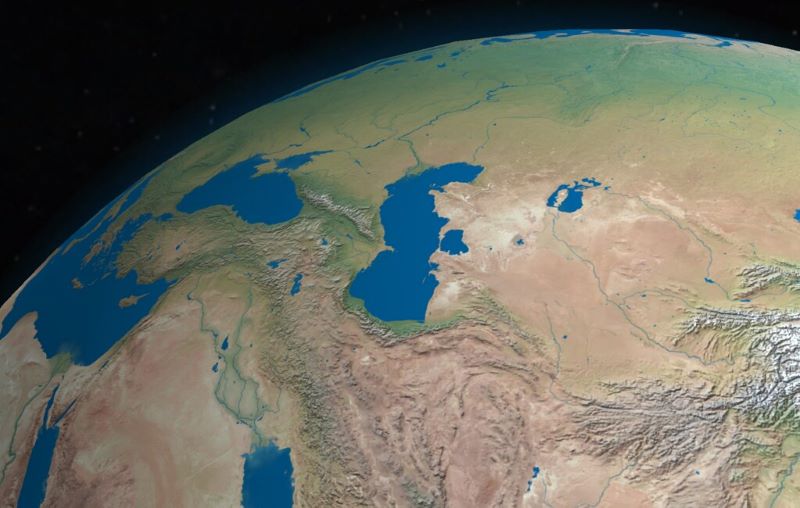Today, 95 percent of all trade is conducted via sea routes. Alongside the military expansion of China and Russia arises a threat to international trade routes. Ravdeep Sandal of the NATO Association of Canada explores the implications of the military expansion from China and Russia on international trade security.
Tag: Russia
Assessing Georgia’s Potential Membership in NATO
Ever since it gained independence from the USSR in 1991, Georgia has had an excellent relationship with NATO. In 1994, Georgia joined the NATO-run Partnership for Peace. This was the first step of a long journey for Georgia to become a member of NATO. In 2008, the Russian Army invaded parts of Georgia, which it Read More…
Chokehold on Internet Freedom: State-Run Cyberspace in Russia and China
The vastness of cyberspace and speed of information transfer make it a novel frontier ripe for trial and error. The trend of nations turning towards state-run cyberspace policy is up for discussion after Russia’s expedited approval of the ‘Runet’ law, or sovereign internet bill.
Canada’s Relationship to NATO Airborne Warning and Control Systems (AWACS)
In late February 2019, India and Pakistan engaged in a series of aerial border skirmishes. This conflict is historic in that it was the first time two opposing military forces used airborne early warning and control (AEW&C) aircraft against each other. The primary function of this type of aircraft is surveillance: monitoring, detecting, and tracking Read More…
NATO’s 70th Anniversary
When the Treaty of Brussels was signed on August 25, 1948, the world was, geopolitically speaking, a strikingly different place. Just three years prior, Germany had signed its unconditional surrender, officially ending a war that left upwards of 60 million killed. When informed by advisors that Soviet forces were a day’s march from Berlin, Hitler Read More…
Escaping the Canteen: The Rise of Post-Soviet Cuisine
David Lazzam explores the cultural growth that has emerged in Russian cuisine since the fall of the Soviet Union.
Nord Stream 2: Is Western Europe caught in a Russian trap?
In this article, Dakota Bewley investigated the implications of Nord Stream 2. How will Moscow use its dominant market position to exert influence in Europe?
NATO Welcomes North Macedonia
Naz Gocek discusses the accession of North Macedonia to NATO and examines its geopolitical impacts
Momentum Accelerates for the Trans-Caspian Gas Pipeline
Momentum accelerated over the past month pointing towards the implementation, sooner rather than later, of the Trans-Caspian Gas Pipeline (TCGP). Already last summer the signature of the Convention on the Legal Status of the Caspian Sea established that neither Russia nor Iran would be able to block the construction of the pipeline. This even confirms Read More…
Russia Promotes Caspian Economic Cooperation
Diplomatic momentum is gaining on all fronts in favor of the Trans-Caspian Gas Pipeline (TCGP) between Turkmenistan and Azerbaijan. Both Russian and American diplomats tacitly agree that this is a positive development. Thus last week the new U.S. Ambassador to Georgia (and former Ambassador to Azerbaijan) Ross Wilson publicly stated that “transport projects implemented jointly Read More…



